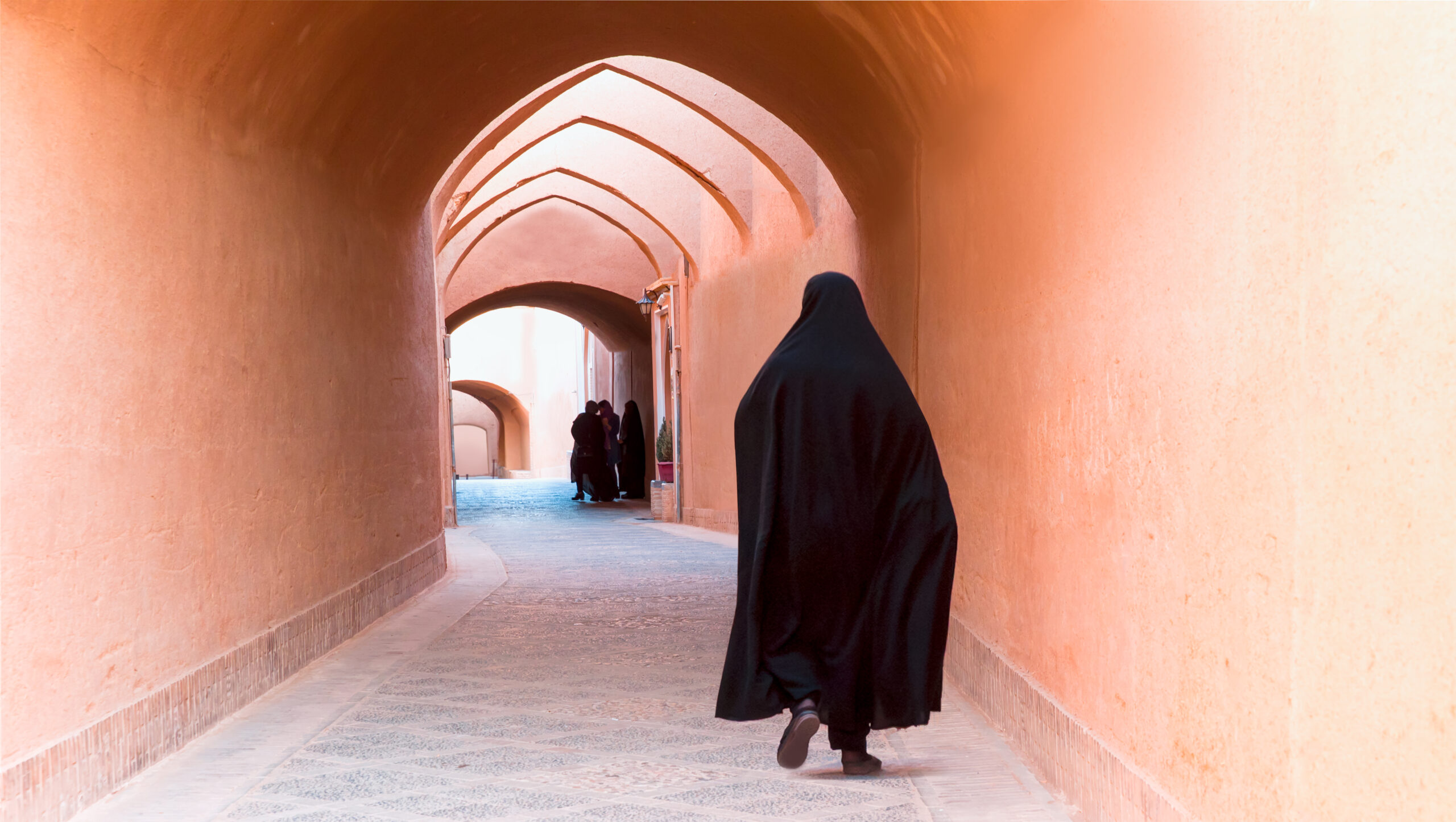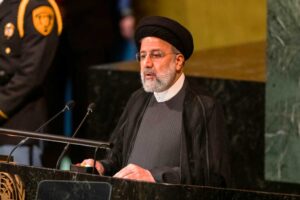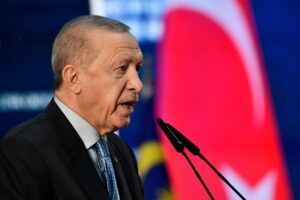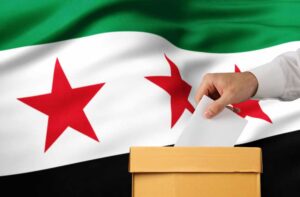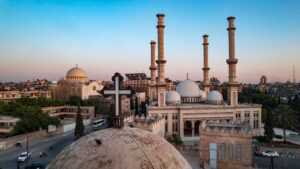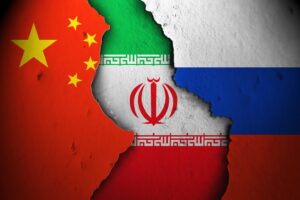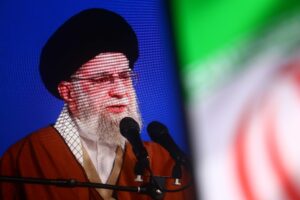Iranian society has changed. The level of education, literacy rates, and the percentage of women attending university are all high. In Iran, 97% of women are literate[i] and more than 60% of university students are now female.[ii] Never before have so many women been educated as journalists, doctors, lawyers, engineers, and artists. A majority of men and women, who are young and highly educated, reject the authoritarian state and its discriminatory laws limiting women’s involvement in politics and governance. This article argues that Iranian women have a long history of being involved in politics and governance and that they would have a positive impact in the formation of an alternative state in future Iran.
More Than Three Thousand Years of History
Women’s involvement in politics has, in fact, existed for about 3000 years.
Most scholars of Iran date its women’s movement from either 1905, Iran’s Constitutional Revolution,[iii] or the story of Tahireh Baraghani’s (1817-1852) rebellion,[iv] who was the first woman executed because of her opinions on gender equality. But women’s involvement in politics has, in fact, existed for about 3000 years. As evidenced by archival research,[v] women in ancient Iran could own land, receive equal pay, travel freely on their own and, in the case of royal women, hold their own council meetings on policy. King Cyrus ( 550-530 BCE)[vi] provided a level of autonomy to women of every class. The king’s mother, wife, and daughters also had their own entourage and were given places of honor at banquets alongside distinguished male guests. The principal wife held her own court and could sign agreements with her own seal. She had unlimited access to the king and was welcomed at official visits from foreign dignitaries.[vii] Iranian women would continue to enjoy this high status until the fall of the Sassanian Empire to the invading Arab Muslims in 851 CE.[viii]
After the fall of the Sassanian Empire, women could no longer travel without a male escort and permission, could not own or conduct their own business without their husband or father’s permission, and were no longer free to choose their own spouse. In the late eighth century, women organized themselves and protested against the Abbasid Caliphate in Iran. Most
prominent among them was Banu Khoramdin (795 CE to 838 CE),[ix] who is still a celebrated figure today. However, there is little to no research on and documentation of women’s movements in Ancient Persia and during the years between 800 CE to late 1800 CE.
Historians documented a mass Iranian women’s social movement in early 1905 during the Persian Constitutional Revolution, when a broad-based popular movement demanded checks on the absolute power of the Qajar monarchy. Women’s organizations and magazines began requesting the right to vote but the movement failed.[x] During the Pahlavi monarchy from 1920 to 1979, women made major progress in political participation: in 1963, women obtained the right to vote and in 1968, Iran appointed its first female minister of education.[xi]
Women’s Status in Politics and Governance After the Islamic Revolution
After the Islamic Revolution in 1979, Iranian women have experienced the Islamization of their country through laws regulating their attire, the enforcement of certain Islamic traditions, and the expansion of men’s authority over women, a move justified by reference to “family values”. Women are not eligible to be candidates for presidency but they may have positions as a minister and member of the Parliament. However, women’s representation in political life is very limited. Iran’s first and only female minister since the Islamic Revolution was appointed in 2009 under the presidency of Mahmoud Ahmadinejad.[xii] Former President Hassan Rouhani (2013-21) only appointed three women as deputies. In current President Ebrahim Raisi’s cabinet, there are no female ministers or even deputies. There are currently only 17 female members of the Iranian Parliament (Majlis) elected in 2020, a total of just 5.8%.[xiii] In the 1980 election only 4 women — 1% — were elected to the Islamic Republic’s first Majlis.
Hundreds of women’s grassroots organizations whose mission is gender equality and democracy in Iran have been established.
However, the picture for women’s movement in civil society is very different. Hundreds of women’s grassroots organizations whose mission is gender equality and democracy in Iran have been established, although many of their activists have been arrested. These women activists on the ground are the changemakers; for example, their ‘one million signatures for gender equality’ campaign organized and educated thousands of men and women about the discriminatory laws through running seminars and collecting signatures to change the law. These activists were also on the street during the Green Movement in 2009 protesting corruption in the presidential election. Several other campaigns focusing on issues such as stopping the stoning of women, stopping acid attacks, and stopping honor killings created awareness for women’s rights.
The Role of Women in Iran’s Future
Iranian women are preparing themselves to build something new, to push for change towards freedom, and democracy. My research shows a growing collaborative trend among Iranian women and human rights organizations. Three main positive and collaborative trends are: acceptance of diversity, collaboration and teamwork, and a focus on specific tasks with a practical approach.
We are witnessing thousands of protesters among workers, farmers, teachers, youth and women in most cities in Iran.
In 2021, only 48.48% of Iranians participated in the presidential election, down from 73.33% in 2017 and 72.94% in 2013.[xiv] To many, this signals that the Islamic state has lost its political legitimacy and trust in the eyes of the majority of Iranians. Even reformist groups and other national political groups that initially collaborated with the government have begun to criticize the current Islamic state. At the same time, we are witnessing thousands of protesters among workers, farmers, teachers, youth and women in most cities in Iran. The high inflation, corruption and poverty that blights over half of Iran’s population, the mismanagement of resources such as water, trees, rivers and ponds, state violence against peaceful protests, the pressure and isolation from global community as a result of Iran’s atomic program, and Iran’s aggressive and hostile involvements with neighbor countries, have caused millions of ordinary Iranians to look for an alternative government to the Islamic state that may establish peace, prosperity, and stability in the country.
All women in Iran, irrespective of their education, social status, ethnicity, age, religious, or political beliefs, face discrimination under the law, which does not treat them as citizens with equal rights.
No other demographic group in Iran is so united, organized, and committed to making changes in the pursuit of freedom and democracy as its women. This determination is often borne out of experience: discriminatory laws have forced thousands of women to become change makers and leaders. Indeed, all women in Iran, irrespective of their education, social status, ethnicity, age, religious, or political beliefs, face discrimination under the law, which does not treat them as citizens with equal rights.[xv] As a result, regardless of their political beliefs, women across Iran feel a sense of solidarity, empathy, and compassion toward other women and girls who face legal hurdles regarding marriage, divorce, custody, inheritance, and criminal cases.
If an alternative state were formed in Iran, women living inside the country and in its diaspora can and will play a significant role in the formation of an inclusive alternative government in future Iran. North American and European politicians and decision-makers can support the development of democracy and human rights in Iran by listening to women and considering them in their policies towards Iran.
[i] Tehran Times:” Iran’s literacy rate up to 97%”, September 23, 2018, Iran’s literacy rate up to 97% – Tehran Times
[ii] Golnaz Esfandiari, “Number of Female University Students Rising Dramatically in Iran”, Payvand Iran News, 21 November, 2003, Number Of Female University Students Rising Dramatically in Iran (payvand.com)
[iii] Ali Ansari, Iran’s Constitutional Revolution of 1906 and Narratives of the Enlightenment, The University of Chicago Press, 2016
[iv] Tavana, طاهره قرهالعین؛ چهره به چهره با تحجر روبرو طاهره قرهالعین؛ چهره به چهره با تحجر روبرو | توانا (tavaana.org)
[v] Joshua J. Mark. “Women in Ancient Persia”, World History Encyclopedia, 30 January 2020, Women in Ancient Persia – World History Encyclopedia
[vi] Joshua J. Mark. “Women in Ancient Persia”, World History Encyclopedia, 30 January 2020, Women in Ancient Persia – World History Encyclopedia
[vii] Fariba Parsa,” In the face of Islamic laws, Iranian women are reappropriating Ancient Persian culture”, Middle East Institute in Washington DC, March 3, 2021, In the face of Islamic laws, Iranian women are reappropriating Ancient Persian culture | Middle East Institute (mei.edu)
[viii] Fariba Parsa, “In the face of Islamic laws, Iranian women are reappropriating Ancient Persian culture”, Middle East Institute in Washington DC, March 3, 2021, In the face of Islamic laws, Iranian women are reappropriating Ancient Persian culture | Middle East Institute (mei.edu)
[ix] Persepolis, Historical Women, Historical Persian Queens, Empresses, Warriors, Generals of Persia (persepolis.nu)
[x] MUHAMMAD SAHIMI, “Iranian Women and the Struggle for Democracy”, Tehran Bureau, Frontline PBS, 15 APR 2010. Iranian Women and the Struggle for Democracy I – Tehran Bureau | FRONTLINE | PBS
[xi] Hamideh Sedghi, Women and Politics in Iran, Veiling, Unveiling, and Reveling, Cambridge University Press, 2007
[xii] Fariba Parsa, “After eight years as Iran’s president, what is Rouhani’s record on women’s rights?”, June 10, 2021, Middle East Institute in Washington DC, After eight years as Iran’s president, what is Rouhani’s record on women’s rights? | Middle East Institute (mei.edu)
[xiii] Andrew Hanna,” Part 2: Profiles of Women Politicians, Activists”, Iran Primer, December 3, 2020 Part 2: Profiles of Women Politicians, Activists | The Iran Primer (usip.org)
[xiv]Rate of voter turnout for presidential elections in the Islamic Republic of Iran from 1980 to 2021, Statista, https://www.statista.com/statistics/692094/iran-voter-turnout-rate/
[xv] Human Rights Watch, Iran Event 2018, World Report 2019: Iran | Human Rights Watch (hrw.org)

